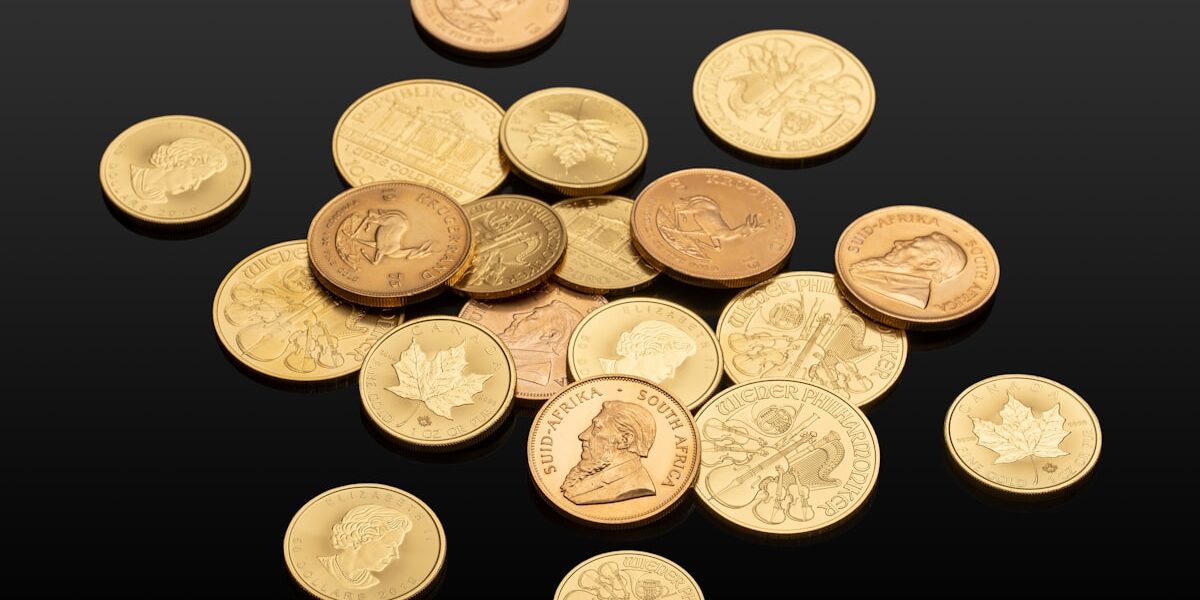Territorial Gold: A Glimpse into American History
In the mid-19th century, the western territories of the United States were buzzing with activity. The discovery of gold in California in 1848 had ignited the California Gold Rush. But this wasn’t the only region where gold fever took hold. Other territories, including those that became states like Oregon and Nevada, saw their own gold rushes. This frenzy led to the production of what we now call territorial gold.
The Origins of Territorial Gold
The term territorial gold refers to coins minted by private individuals and companies during the Gold Rush era. Unlike official U.S. Mint creations, these coins came from various regions hoping to profit from abundant local gold. As new territories emerged, there was a pressing need for reliable currency. Existing coins were scarce, and paper money not yet widespread in these remote areas. This void in the market paved the way for independent minting operations.
Close-Up on the California Gold Rush
The rush began in 1848 at Sutter’s Mill. Gold found there changed everything. Within months, thousands flocked to California. People from across the globe made the arduous journey, hoping to strike it rich. This deluge of prospectors and miners created a dynamic but chaotic economy. New towns sprang up almost overnight. They needed coins to trade and barter. But there wasn’t enough U.S. currency. So, enterprising individuals began minting their own coins.
Private Mints and Their Role
Several private mints operated across the western territories. In California, mints like Templeton Reid and Norris, Gregg & Norris produced coins. These coins bore values like five, ten, and even twenty dollars. Though unofficial, these coins were vital to commerce. They quickly gained acceptance due to their gold content. However, not all private coins were created equally. While some mints strived for consistency and purity, others succumbed to greed. Counterfeits and underweight coins also entered circulation.
Legal and Economic Challenges
Private minting had numerous legal and economic implications. The U.S. government faced challenges maintaining currency uniformity. While territorial gold coins were practical, their use undermined the legal tender system. Critics argued that inconsistencies in weight and purity could destabilize the economy. In response, the federal government took steps to regulate coin production. The San Francisco Mint opened in 1854, ensuring standardized, government-sanctioned coins for transaction.
Famous Pieces of Territorial Gold
- Gold dust and nuggets were common. They circulated as de facto currency among miners and traders.
- Diego Ruiz coins offered high-quality mintage with consistent assay values, popular among the miners for their reliability.
- Moffat & Co. was a respected mint in California that produced reliable, widely circulated gold coins.
The Broader Impact of Territorial Gold
This period influenced American monetary policy. An explosion in wealth led to increased economic activity and progress. Development in infrastructure, particularly railroads and telegraphs, connected these distant territories to major cities. The journey to California, once perilous and long, was made easier. The gold from territories fueled these advancements. It also fed into banking systems, which expanded swiftly to support growing communities. Banks needed gold as both a commodity and collateral.
Transition from Territorial to Federal Minting
The federal government’s response was swift. It opened new mints in the west, promoting federally issued gold coins. The San Francisco Mint began operations and reinforced the trusted status of U.S.-issued currency. With reliable federal coins, the use of territorial gold waned. By the late 1850s, most private minting operations ceased. The Panic of 1857 further destabilized private mints, which struggled alongside banks and businesses during the economic downturn.
Collecting Territorial Gold Today
Today, collectors highly prize territorial gold. These coins offer a tangible link to a fascinating chapter of American history. Each piece carries stories of individual ambition and entrepreneurship. Collecting such coins requires careful consideration of authenticity and rarity. Counterfeits still circulate. Experts recommend certificates of authenticity. Auctions and numismatic societies remain key sources for genuine pieces.
Influence on Modern Gold Coins
The legacy of territorial gold extends into modern times. It inspired a respect and love for gold coinage that continues today. Precious metal investors and enthusiasts frequently seek gold coins. U.S. Mint gold bullion coins, such as the American Gold Eagle, enjoy wide popularity. These modern coins echo the entrepreneurial spirit of early private coiners, albeit under strict federal oversight now.
“`
Recommended Collecting Supplies
Coin Collection Book Holder Album – $9.99
312 pockets for coins of all sizes.
20x Magnifier Jewelry Loupe – $13.99
Essential tool for examining coins and stamps.
As an Amazon Associate, we earn from qualifying purchases.



